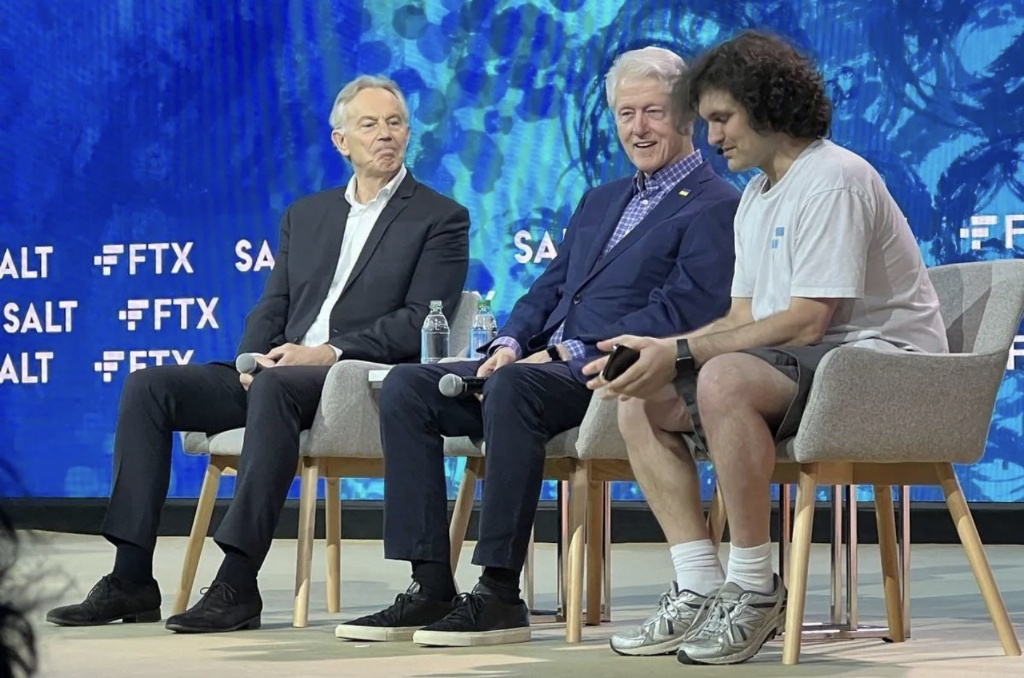Lee Miller: in her own pictures (and words)

I was in Copenhagen last week at an interesting conference in the remarkable ‘Black Diamond’ extension of the Royal Danish Library. When I went in I saw this poster for an exhibition in the Library’s lower-ground exhibition space. And of course at the first opportunity I bought a ticket and went down.
The curators of the show had the brilliant idea of telling the story of her life in 100 of her photographs. She was one of the most remarkable women of her time. If cats have nine lives, then she had at least twenty: just for starters she was a beautiful model, a muse, a photographer, a surrealist, a businesswoman, an author, a war correspondent, a gourmet chef, and a friend (and sometimes a lover) of a number of great artists.
Her last years were difficult. She drank too much, had a difficult relationship with her son and often felt mentally unstable and depressed. But after her death, her son found a vast collection of her photographs in the attic of the country house that she and Roger Penrose owned. It had 20,000 original prints and 60,000 negatives — an artistic goldmine.
Some finds from this goldmine are in the exhibition. Quite a few are familiar but many I hadn’t seen before. And her war photographs are raw, stark, savage and shocking. She and her colleague David Scherman arrived in Dachau the day after it had been liberated. As the exhibition catalogue puts it:
”Miller was deeply shocked by the vast amount of dead and dying, emaciated people and the evidence of atrocities found in the camp. The crematoria had run out of fuel, so the bodies lay in piles with men in separate stacks, women and children in others. Miller photographed what she saw, just as she would later do in Buchenwald. She found the strength to document the terrors in a fierce anger and a strong sense of moral obligation to show the truth of the war, no matter how horrifying.”
It took its toll on her, as it would on anyone. There’s a photograph of her taken at the time which shows an exhausted woman in a war correspondent’s uniform who is clearly at the end of her tether — but still working. One unforgettable photograph shows two concentration camp guards who had tried to escape by dressing in civilian clothes, but had been captured and clearly been beaten. She shows them kneeling staring at her with dead eyes. Men knowing that the clock had run out for them. Another photograph shows a Nazi bigwig in stained regalia flat on his back after committing suicide in his office. And she photographed the firing squad who executed the former Hungarian Prime Minister and anti-semite, László Bárdossy, as they carried out their orders.
Two things were particularly revelatory about the exhibition. One was that Miller was a very good writer. Her account — in Vogue, of all places — of what post-defeat Germany was like is vividly readable. After the liberation, she and Scherman drove to Munich and strolled straight into Hitler’s flat in 16 Prinzregentenplatz, where one of the most famous photographs of Miller — of her washing herself in the dictator’s bathtub — was taken. She also took one of Scherman doing the same, but of course it is the one of her in the bath that became famous.
The other nice discovery was what a gentle and considerate man her early photographic mentor and lover, Man Ray, was. His letter to her advising her against marrying the wealthy Egyptian businessman, Aziz Eloui Bey is a beautiful example of someone who really cared for her and didn’t want her to be taken for granted.
Quote of the Day
”Good friends, good books and a sleepy conscience: this is the ideal life.”
Musical alternative to the morning’s radio news
Jackson Browne and Billy Strings | Running On Empty (live) | San Francisco, Sept. 29, 2022
Link
Long Read of the Day
The Age of Social Media Is Ending
Interesting retrospective essay by Ian Bogost in The Atlantic on the way an era is ending.
It’s over. Facebook is in decline, Twitter in chaos. Mark Zuckerberg’s empire has lost hundreds of billions of dollars in value and laid off 11,000 people, with its ad business in peril and its metaverse fantasy in irons. Elon Musk’s takeover of Twitter has caused advertisers to pull spending and power users to shun the platform (or at least to tweet a lot about doing so). It’s never felt more plausible that the age of social media might end—and soon.
Now that we’ve washed up on this unexpected shore, we can look back at the shipwreck that left us here with fresh eyes. Perhaps we can find some relief: Social media was never a natural way to work, play, and socialize, though it did become second nature. The practice evolved via a weird mutation, one so subtle that it was difficult to spot happening in the moment. The critical moment was when social networking changed into being social media.
Perceptive and worth a read.
The aphrodisiac effect of crypto ‘wealth’
Well, isn’t this nice.

Sam Bankman-Fried and two friends.
Puzzled? I don’t blame you. But this blog post by Michael W. Green might help. The headline kind-of gives it away: “The $32 Billion Crypto Scammer”.
“The Next Warren Buffett.” That’s how Fortune magazine dubbed Sam Bankman-Fried, the crypto wunderkind who wore shorts, schlubby socks, and sneakers on stage with Bill Clinton and Tony Blair. But Bankman-Fried, worth an estimated $32 billion at his height, wouldn’t just be a financial oracle like Buffett. He would also be the second-coming of George Soros: By the end of this midterm election cycle, he’d become the second largest donor to the Democratic Party.
Over the past few days, all of that has come spectacularly undone.
Now, Bankman-Fried looks, at best, like the original storyline for Michael Saylor of Microstrategy during the Dotcom bust. Or, more likely, like Elizabeth Holmes of Theranos infamy. Or, with increasing plausibility, like a less civic-minded Bernie Madoff.
Tens of thousands of people who invested their savings on various FTX exchanges have likely been wiped out. FTX employees have quit en masse. And SBF? According to reports, he’s been taken into custody by Bahamian authorities after holing up at FTX HQ with his father.
Do read on. And marvel at the gullibility, not just of the crypto crowd, but also of ex-Prime Ministers and former Presidents.
My commonplace booklet
-
From PetaPixel: A Russian Missile Crew Was Geolocated From Just This Photo.
-
From Bill Janeway (Whom God Preserve): “I always heard your “McKee’s Law” as stated by Nelson Algren, one of three in A Walk on the Wild Side. “Never play cards with a man called Doc. Never eat at a place called Mom’s. Never sleep with a woman whose troubles are worse than your own.” Wikipedia attributes it to “Murphy.” At least it is not attributed either to Yogi Berra or Maynard Keynes….
This Blog is also available as a daily email. If you think that might suit you better, why not subscribe? One email a day, Monday through Friday, delivered to your inbox. It’s free, and you can always unsubscribe if you conclude your inbox is full enough already!



